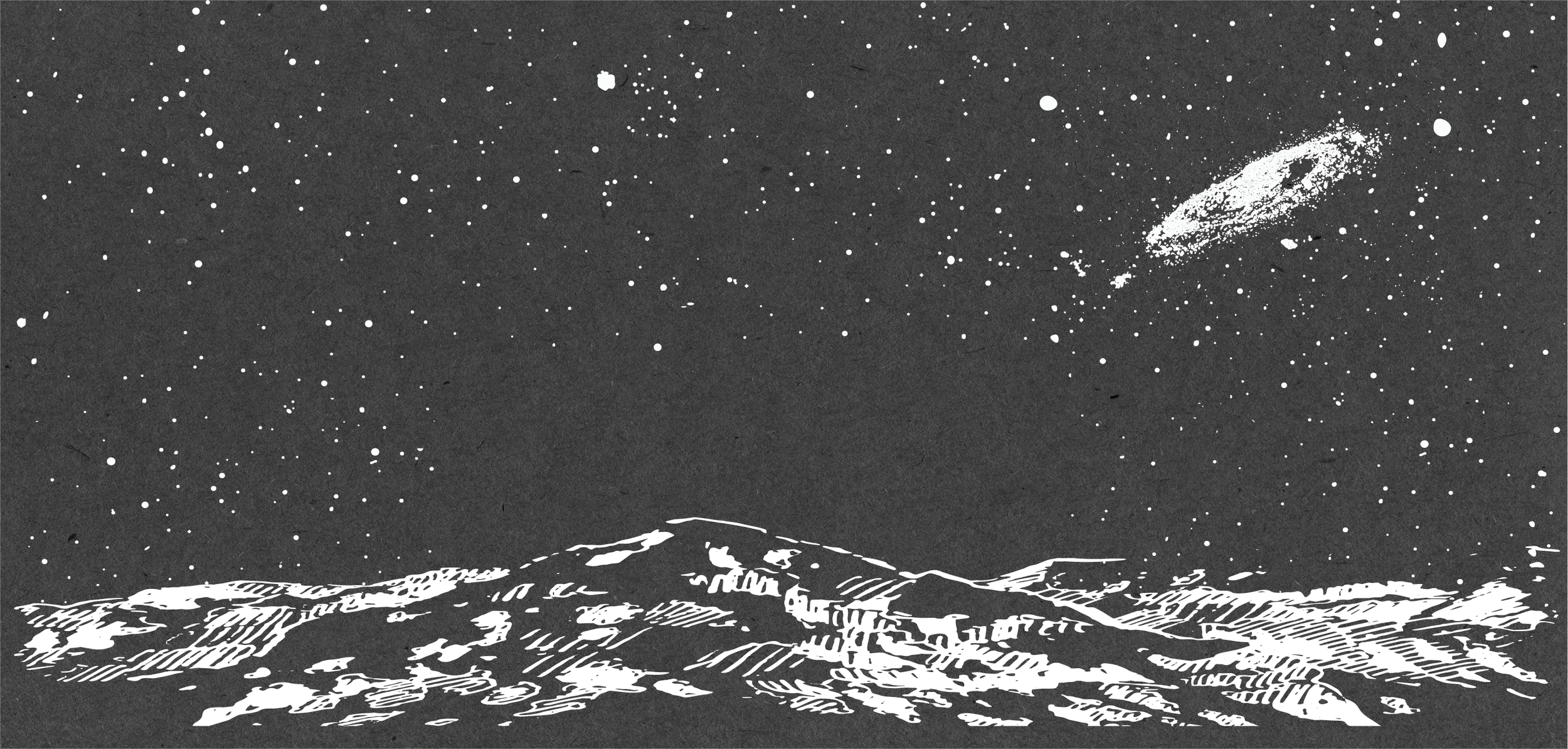
HOW CAN I HELP?
Turn off the lights to turn on the stars.
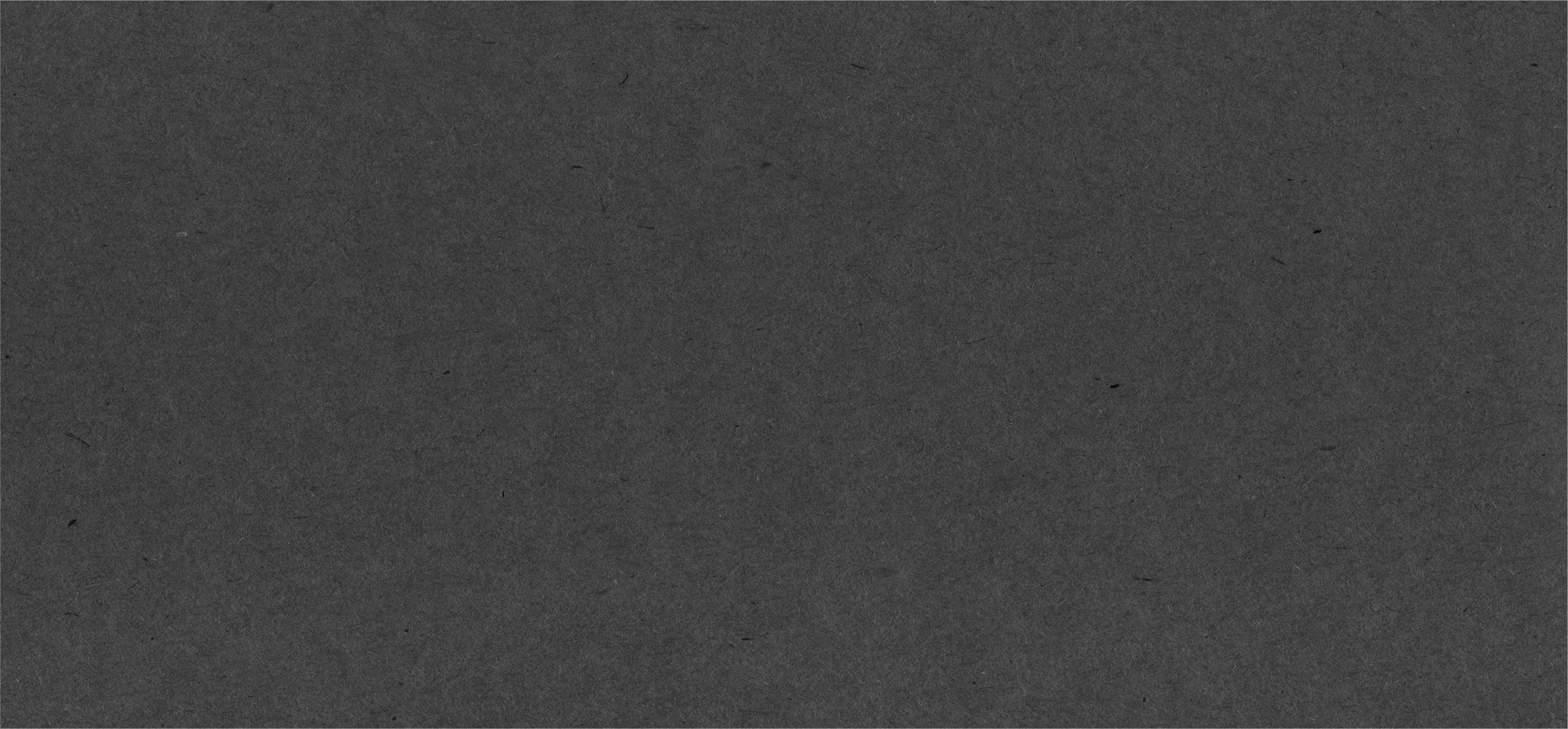
THE NIGHT SKY IS EMBLEMATIC OF A HEALTHY ENVIRONMENT
Limiting light pollution means we are using energy efficiently and that we care about plants, human health, and everything that depends on the daily cycle of darkness and light.
Here are some simple guidelines that individuals can adopt that will significantly improve and preserve the night skies:
Be a Star! Audit Your Home Lighting
Not sure where to begin? Start by using Dark Sky International’s Home Lighting Assessment. You can inventory your home lighting and audit your own property to see if positive changes can be made. You can even submit your results and receive a DarkSky Friendly Home Certificate!

Use outdoor lighting on an as-needed basis. Leave outdoor lights off unless someone is outside doing something that requires lighting. Utilize dimming and other appropriate lighting controls wherever possible.
AVOID OVER LIGHTING
Install fully shielded light fixtures and to avoid glare and restrict upward-directed lightdirect light down to avoid glare and restrict upward-directed light. Make sure the beams from your outdoor lights are shielded to shine downward and don’t spill beyond where they’re needed.
Point Light Away from the Sky
Minimize short-wavelength (bluish) light in the nighttime environment. Choose warm-coloured lights and LED bulbs wherever possible.
Blue Light is Harmful
Stay Secure with Less Light Pollution
For security purposes, use short-duration motion detectors, sensors, and timers. Avoid "dusk-to-dawn" sensors without a middle-of-night shut-off control.
Indoor Lighting Counts Too
Install window coverings and close them at night to block excess indoor light into the night.
Design with Dark Skies in Mind
Tell your architect, builder, or designer that you want your lighting plan to be dark skies compliant, and direct them to these websites for resources:
The Global Information Hub for Lighting Technologies and Design
Write a kind letter to a neighbour to encourage others to make positive changes to their outdoor lighting.
Gather the Troops

Make an effort to turn off as many lights inside and outside your home at dusk every night.
Consider a Light Curfew
Support the Naramata Dark Sky Initiative to help raise awareness about light pollution. Attend Dark Sky events in Naramata, spread the word and visit us at the Naramata Community Market.
Participate
Other Ways to Help
You can help bats and other nocturnal animals by planting night-blooming flowers, setting up a bat house, and using wildlife-friendly lighting.
ASK YOURSELF:
1. does the light serve a clear and necessary purpose?
Light is useful for safe wayfinding and to help perform specific tasks. In the top image of the example below, the light illuminates only the entryway and stairs, where it is needed.
If you find that lights on your property are not necessary or useful, remove or disable them so that they are not accidentally turned on.
2. DOES the light fall only where it is needed?
Direct the light down, not up into the sky, and target your fixtures so that light does not spill beyond where it is needed. From eye level, the light source should be even with or recessed within the light fixture, ensuring that there is no visual discomfort, known as glare.
If the light spills beyond where it is needed, replace it with a shielded fixture or reorient the light so that it does not extend beyond where it is needed. Be especially mindful of light that spills up into the sky or onto other people’s property.
3. IS THE AMOUNT OF LIGHT APPROPRIATE FOR THE INTENDED TASK?
Use the lowest lighting level needed to perform the intended task.
Excessive light can contribute to glare, actually making it harder to see things well. If you find that the lighting level around your home is too bright for the task it is intended for, change the fixture’s bulb to one with a lower light output or consider incorporating dimmers.
4. IS THE LIGHT CONNECTED TO ACTIVE CONTROLS?
Switch off any exterior lights when possible. Light should only be used when needed, to reduce the impact on the environment and save electricity.
Outdoor lights that are necessary should be connected to a timer or motion sensor. Motion sensors should be set to times of five minutes or less. Dusk-to-dawn sensors are strongly discouraged, as they release light when it is not needed.
Make sure sensor trigger sensitivity is set appropriately so that the fixtures light the area only when people are present.
5. IS THE LIGHT SOURCE WARM IN COLOUR?
Light bulbs manufactured today have a Kelvin (K) rating printed on the bulb or box. Low Kelvin ratings (3000 K or less) are considered “warm” in appearance and generally emit less harmful blue light than higher-Kelvin ratings. For home lighting, there are good options at 2700 K or less. Consider going as warm as possible, especially if you are in an ecologically sensitive area.
DOWNLOAD AND PRINT THE DARK SKY FRIENDLY HOME INSTRUCTIONS
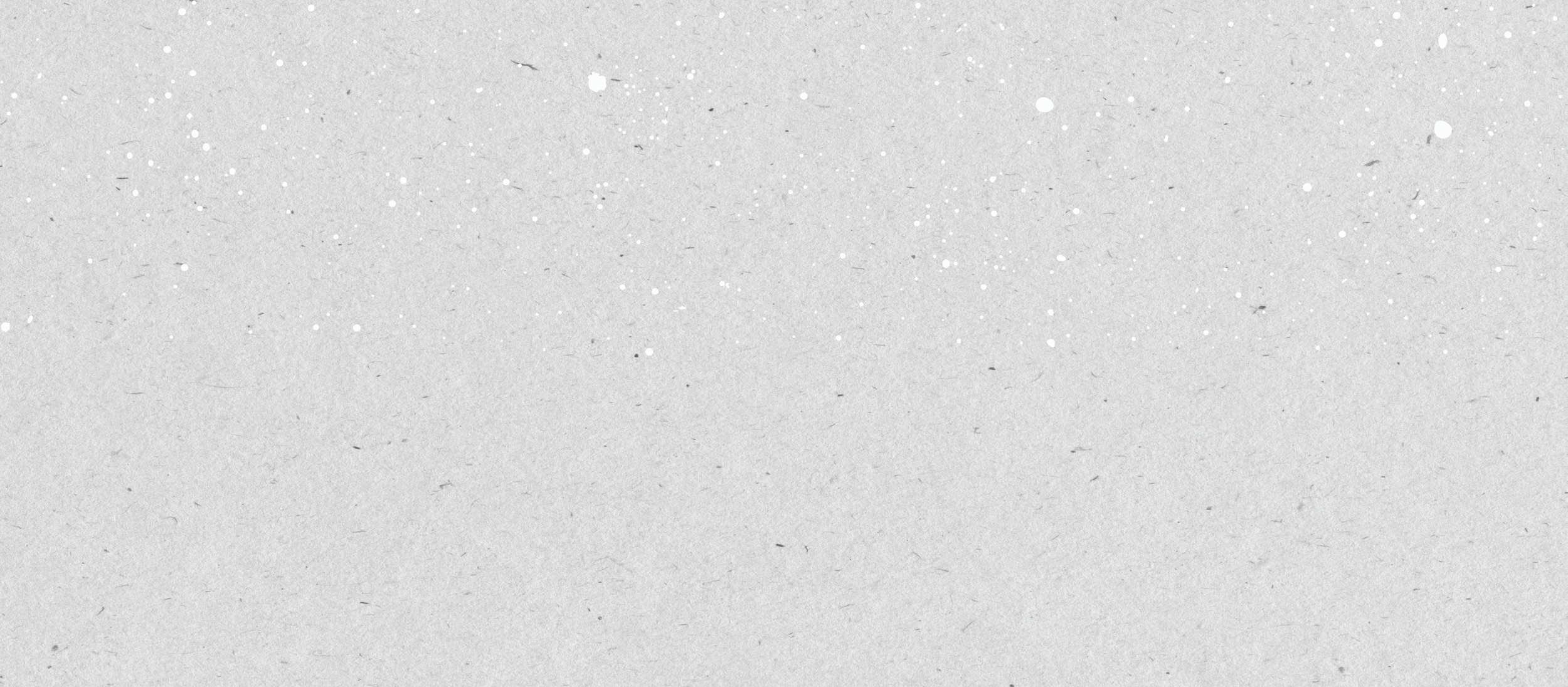
“THE COSMOS IS WITHIN US.
We are MADE OF STAR-STUFF.
WE ARE A WAY FOR THE UNIVERSE TO KNOW ITSELF.”
- CARL SAGAN






